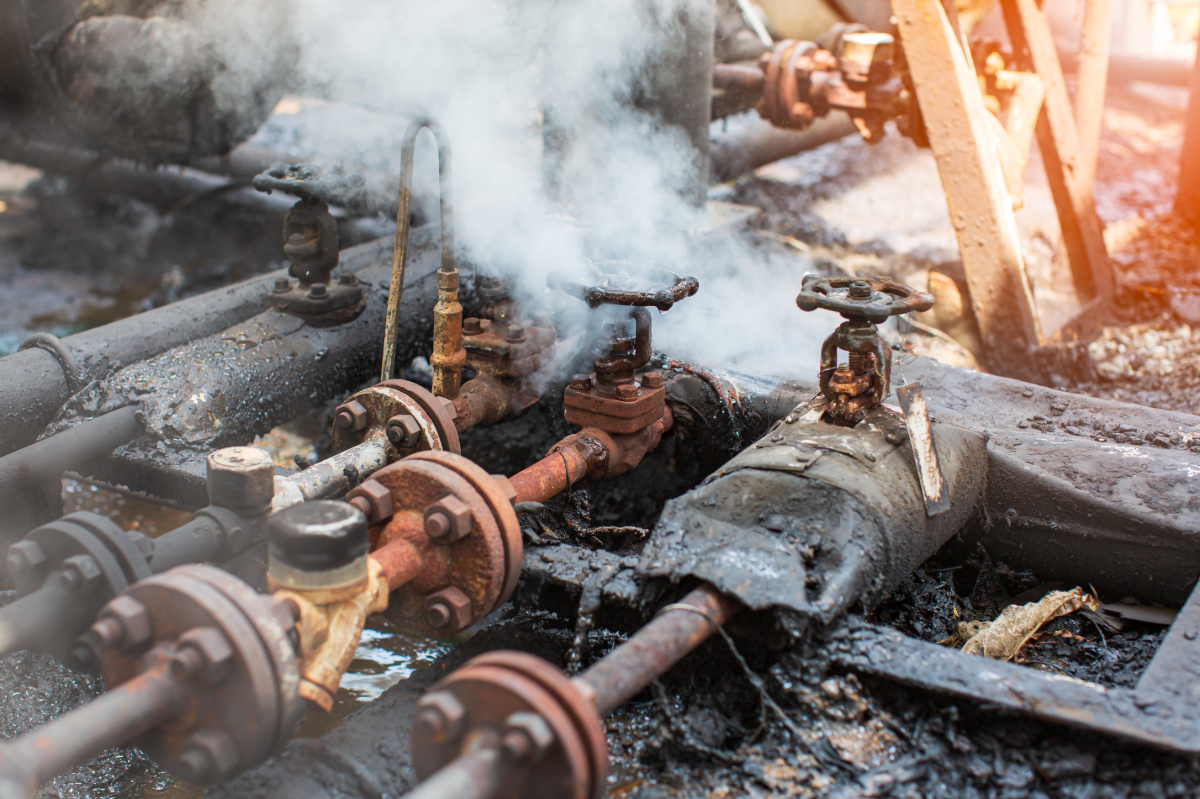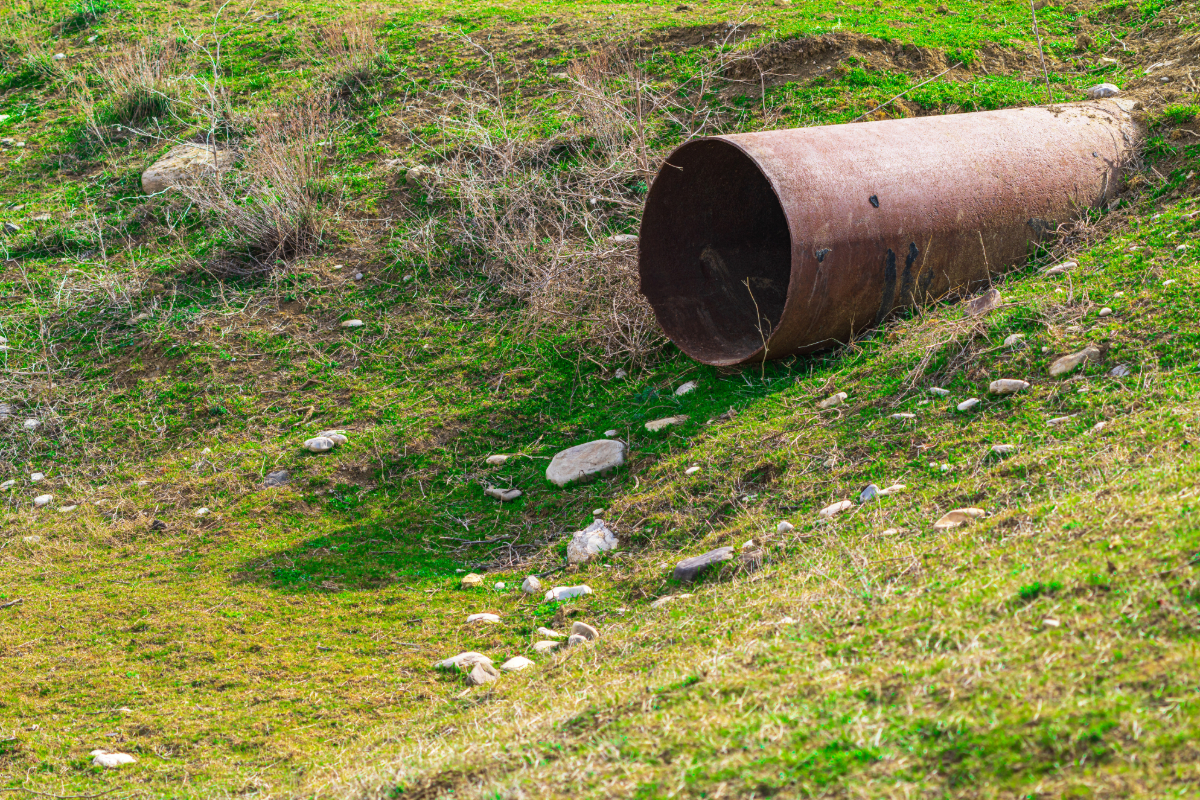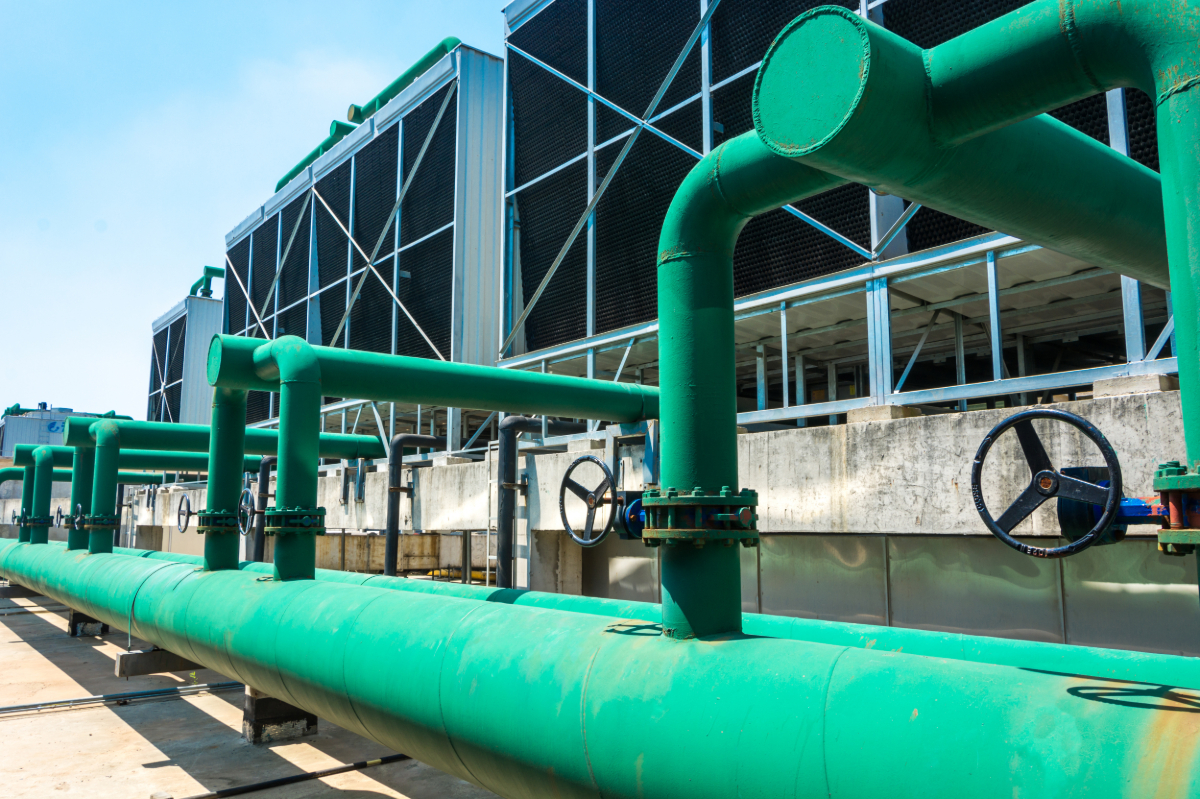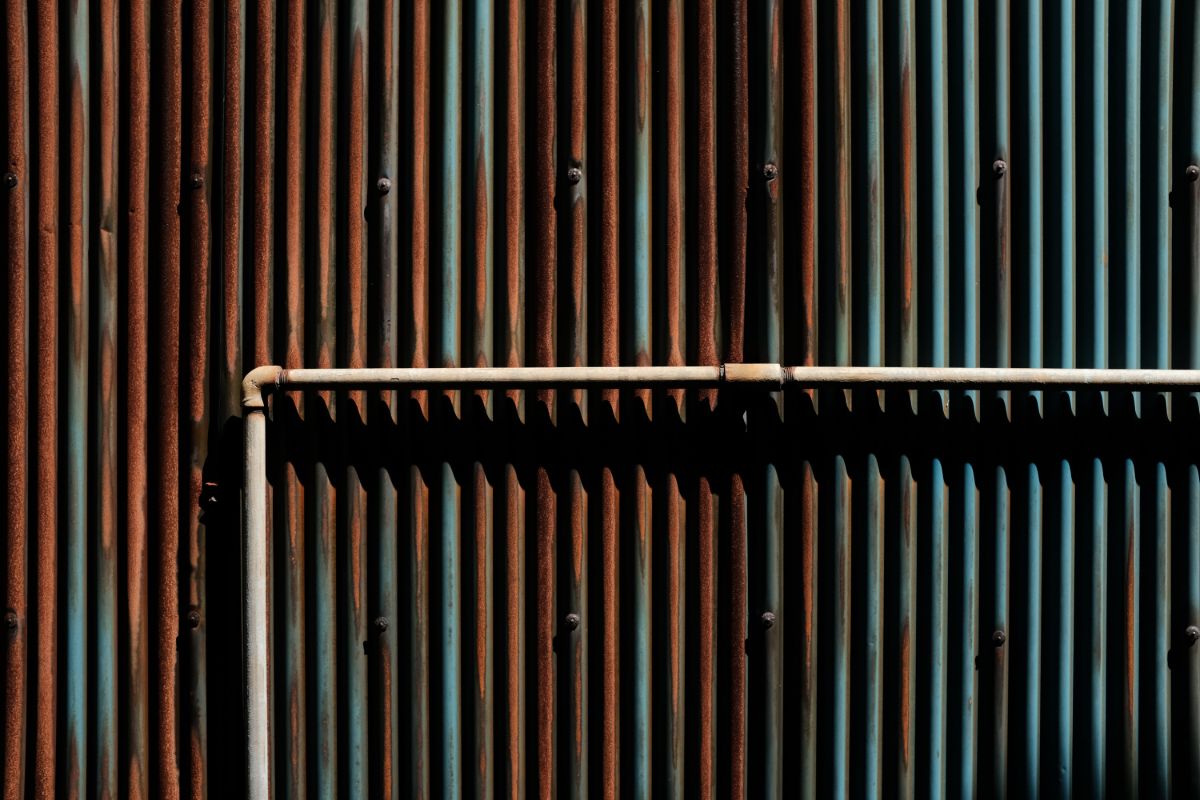
7 Factors that Result in External Pipe Corrosion
What are the causes of external pipe corrosion?
- Weather damage
- Environmental conditions
- Stray current
- Insulation problems
- Contact with other metals
- Microorganisms
- Seamed pipe
Are you wondering why your pipes are corroded from the outside? As these materials are exposed to numerous substances externally, there are plenty of reasons why it could happen. Some factors include inferior pipe material, poor installation, environmental conditions, and biology. To understand the causes of external pipe corrosion, keep on reading!
Weather Damage
Rainstorms, extremely hot temperatures, or an earthquake can accidentally break your pipes. Aside from these conditions, the weather also has a role in causing external pipe corrosion. This can happen especially when your pipeline is installed outdoors. Although this occurs over a long period of time, it could be sped up with lack of maintenance and proper care.
Atmospheric corrosion occurs due to the fog, dew, rain, or humidity in the environment. Temperature and the air pressure in the surrounding area can also affect the corrosion process. The hotter the air, the more the corrosion activity occurs. To protect your pipes from atmospheric corrosion, find ways to prevent condensation. You can use corrosion inhibitors or protective coatings too.
Environmental Conditions

Other than the atmospheric conditions, the environment in which the pipes are installed is also an important factor in external pipe corrosion. This problem often occurs when pipes are placed in soil, seawater, and nearby marine locations.
For example, a pipe installed in the sea is exposed to saltwater. The substances in the water damage the external part of the pipe, slowly eating away at the metal and making it weak. Fortunately, there are pipelining and coating technologies that can make sure that the salt in the water won’t cause corrosion.
Stray Current
Pipes installed underground can also be corroded if there is a stray current flowing in the soil. This affects the service life and safety of the pipelines. This can also corrode other metallic structures that are buried such as tunnels, storage tanks, and more. Sources of stray current include electrical welding machines, grounded DC electrical sources, and the like.
To prevent stray current corrosion, it is important to identify the source of it first. Inspect and maintain electrical connections and insulation to stop the leakage of the current.
Insulation Problems

Insulation can provide an effective barrier to protect cold water pipes against moisture. But incorrect materials can fail, causing condensed area humidity that produces external pipe corrosion. As it’s hidden from view, the problem can persist for years and destroy the entire piping system.
If you notice that the insulation is wet, then it’s a sign that there might be a problem with your pipes. When you spot this problem early, you could still correct the deterioration. It’s advisable to replace your insulation with materials that offer better moisture protection.
Contact With Other Metals
Galvanic corrosion, which is also known as bimetallic corrosion, occurs when two types of metals are joined and immersed in a corrosive solution. One metal is quickly corroded while the other is protected or unaffected. This can occur when using a valve or connector with dissimilar metals.
To prevent galvanic corrosion, it’s recommended to choose metallic materials with similar corrosion potentials. Break the connection by using a spacer or adding insulation on each. Lastly, it’s also advisable to apply coatings on both pipes.
Microorganisms

Microorganisms such as bacteria and fungi can also cause corrosion on pipelines. While they don’t directly cause the damage, they can accelerate and shift corrosion mechanisms. Their by-products can result in under-deposit, pitting, or crevice corrosion in metals. Their effect is normally seen in pipes that are exposed to soils, seawater, freshwater, crude oils, process chemicals, and sewage. Because of these, there are numerous industries that experience microbiologically influenced corrosion.
This type of corrosion can be mitigated through maintenance, chemical treatment, and the use of external coatings. Piping material selection is also important as certain materials are not susceptible to microbiologically influenced corrosion.
Seamed Pipe
Unlike seamless pipes, seamed ones are more vulnerable to pipe corrosion because of poorly made and incomplete seams. This becomes a point where microorganisms and rust can speed up corrosion activity. It is also called selective seam weld corrosion (SSWC). This is common especially in older pipes manufactured a long time ago.
Fortunately, pipe manufacturers have switched to better welding methods which lead to improvement of quality to the weld zone. This lowers the susceptibility of the pipe to SSWC.
Key Takeaway
Pipe corrosion can happen internally or externally. This can occur due to a long list of reasons, so make sure to use the right piping material, protect them with special coatings, and don’t forget about maintenance. By knowing the causes of external pipe corrosion, you can prolong their lifespan and ensure safe use in your facility.
If you’re interested in steel pipes, you can reach us through this website. We can provide you with high-grade pipes and other metal products that can suit your specific needs.


